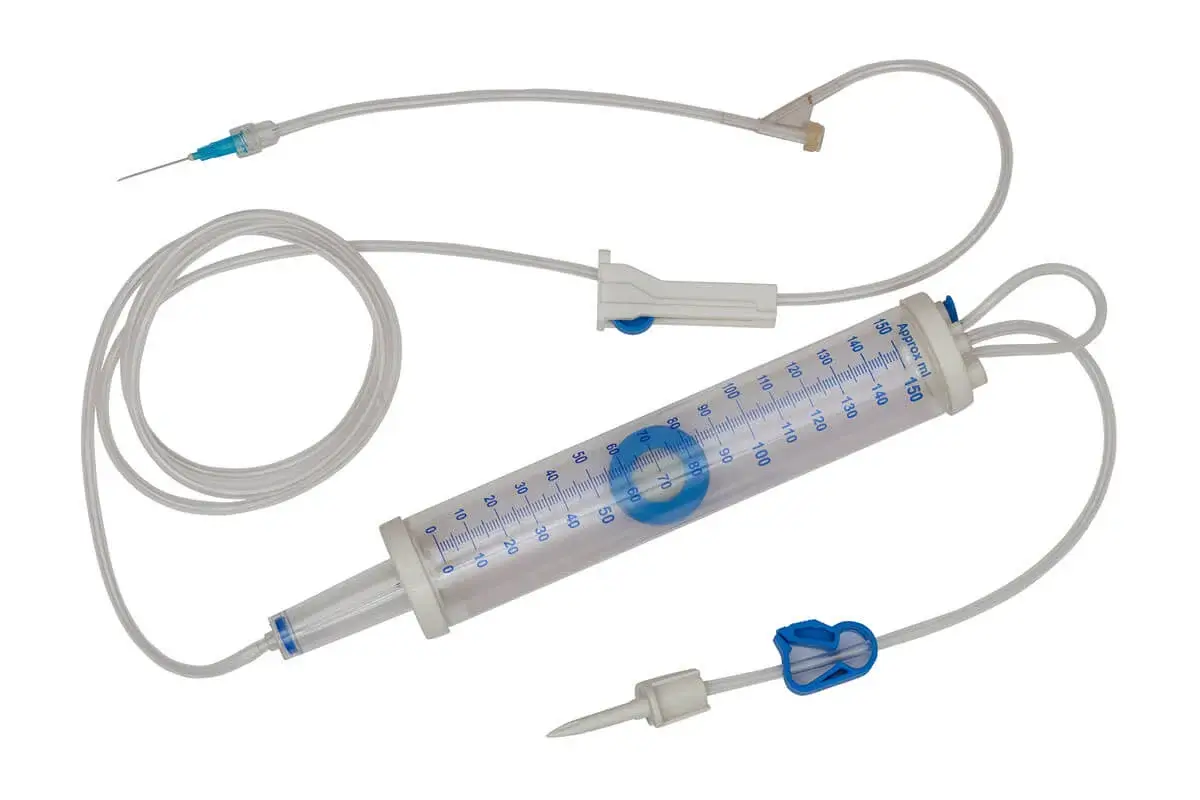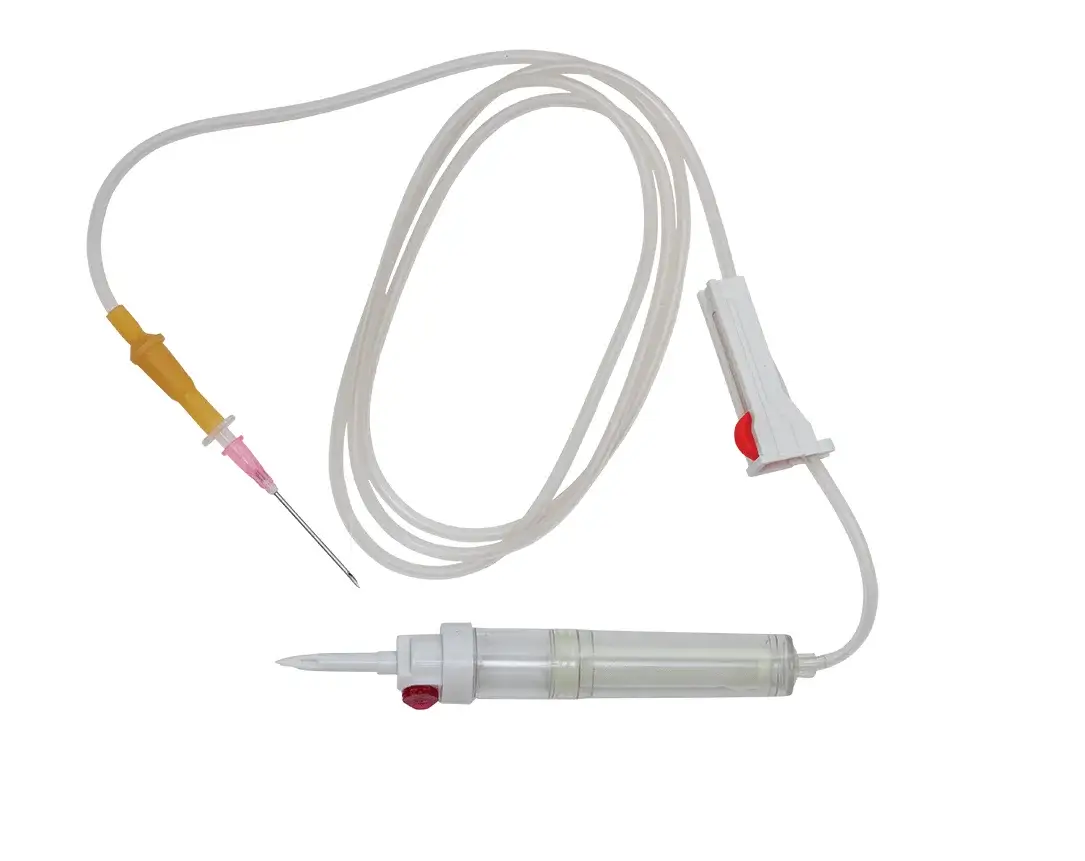Introduction to IV Cannulas and Blood Control Technology
IV cannulas serve as a fundamental component in patient care, prominently utilized in various medical procedures, including fluid administration, medication delivery, and blood transfusions. These devices enable healthcare professionals to gain quick access to a patient’s vascular system, ensuring efficient and effective treatment. Traditional IV cannulas have been widely used for decades; however, their design has evolved to address significant safety concerns, particularly in relation to managing blood exposure risks.
The advancement towards safety IV cannulas equipped with blood control technology marks a pivotal shift in enhancing patient safety. Blood control technology encompasses features that minimize the risk of inadvertent blood exposure during insertion and withdrawal of the cannula. This is crucial as uncontrolled blood leakage can lead to hazardous situations, including the transmission of bloodborne pathogens and increased anxiety for both patients and healthcare staff.
Traditional IV cannulas lack these innovative safety features and often leave healthcare workers vulnerable to needlestick injuries or contact with potentially infectious blood. The introduction of safety IV cannulas, which incorporate specialized mechanisms for blood control, aims to mitigate these risks significantly. These devices are designed with integrated safety features that allow for the secure containment of blood, ensuring that the healthcare personnel minimizes exposure while maintaining the quality of care delivered to patients.
By employing safety IV cannulas with blood control technology, healthcare facilities not only improve clinical outcomes but also enhance compliance with safety regulations and standards. This evolution in medical device technology underscores the importance of prioritizing patient and staff safety, ultimately leading to better overall health outcomes and fostering trust in healthcare environments. Understanding this transition is essential for both healthcare providers and patients, as it represents a commitment to advancing safety protocols in medical care.
Key Benefits of Safety IV Cannulas
Safety IV cannulas equipped with blood control technology present several crucial advantages that enhance both patient care and healthcare provider efficiency. One of the primary benefits is the significant reduction in the risk of needlestick injuries. Traditional IV cannulation methods expose healthcare providers to potential hazards, including accidental punctures. Safety IV cannulas are designed with mechanisms that minimize the chances of such incidents, thereby ensuring a safer working environment for medical personnel.
Furthermore, the ease of use associated with these safety devices cannot be overstated. The innovative design and intuitive functionality facilitate a more streamlined process for healthcare providers during IV insertions. This user-friendly approach not only saves time but also allows healthcare professionals to focus more on patient interaction and less on the technical intricacies of IV placement. Consequently, this promotes better overall care during intravenous therapies.
In addition to improving provider safety and efficiency, these advanced cannulas also enhance patient comfort. Patients often experience less anxiety when they are reassured by the knowledge that the healthcare provider is utilizing the latest technology designed for their safety. The soft materials and ergonomic designs of safety IV cannulas contribute to a more pleasant experience, minimizing discomfort during insertion and while the cannula is in situ.
Moreover, integrating safety IV cannulas with blood control technology can lead to a reduction in complications connected with IV therapy. By effectively managing blood exposure, these devices significantly minimize the risks of infection and other related complications, which can arise during traditional IV therapy. Thus, the implementation of safety IV cannulas not only aligns with enhanced safety standards but also solidifies the commitment of healthcare facilities to provide high-quality and efficient patient care.
Impact on Patient Care and Clinical Outcomes
Safety IV cannulas with blood control technology are increasingly recognized for their substantial impact on patient care and clinical outcomes. These advanced devices are engineered to reduce the risks associated with traditional intravenous (IV) access, significantly enhancing patient safety. By incorporating features that enable controlled blood flow during venipuncture, these cannulas minimize the likelihood of complications such as infiltration and phlebitis, subsequently improving patient experiences and satisfaction.
Statistical data corroborates these advancements; studies have shown that hospitals utilizing safety IV cannulas report a reduction in IV-related complications by up to 30%. Additionally, patient satisfaction scores have improved as a result of fewer adverse events linked to IV therapy. In one case study involving a multi-site healthcare organization, the implementation of these cannulas led to a notable decline in hospital readmission rates attributable to IV complications, ultimately contributing to a reduction in overall healthcare costs.
The direct correlation between the use of safety IV cannulas and improved clinical outcomes is evident. Patients experience less pain and fewer discomforting procedures, which has been associated with shorter hospital stays as well. In particular, demographic studies suggest that vulnerable populations, such as the elderly and those with chronic conditions, benefit greatly from the reliability of these technologies. Reducing the risk of IV-related complications not only enhances the quality of care but also allows healthcare providers to allocate resources more efficiently, focusing on patient-centered outcomes.
Investing in safety IV cannulas with blood control technology is thus not merely a matter of modernization, but an essential step toward fostering a safer healthcare environment. As these innovations continue to be integrated into clinical practices, they promise to shape the future of patient management by providing safer, more effective IV therapy options that can lead to improved health outcomes for a diverse range of patients.
Future Trends in IV Cannula Technology
As the field of medical technology progresses, the future of intravenous (IV) cannula technology holds promise for both safety and efficacy in patient care. Research is currently underway to enhance the design, functionality, and overall performance of IV cannulas, particularly those equipped with blood control technology. This innovation has already advanced the healthcare landscape by minimizing risks associated with intravenous therapy, and ongoing developments aim to optimize this further.
One notable trend involves the integration of smart technologies into IV cannulas. For instance, the incorporation of sensors and connectivity features can offer real-time monitoring of infusion rates and the presence of complications, such as occlusions or infiltrations. This allows healthcare professionals to respond swiftly, potentially improving patient outcomes through proactive management. By leveraging data analytics and machine learning, future IV cannula technologies may not only improve safety but also reduce hospital stays and enhance resource management.
Moreover, researchers are exploring innovative materials that can provide additional benefits, such as biocompatibility and antimicrobial properties. These advancements aim to mitigate infections and other complications, thereby increasing the safety profile of IV therapies. The development of self-sealing mechanisms could also play a crucial role in minimizing blood exposure during insertion and removal, significantly benefiting healthcare providers and patients alike.
Lastly, the importance of incorporating feedback from clinicians and patients cannot be overstated. Continuous improvement and user-centered design approaches will ensure that new IV cannula technologies address the real-world challenges faced in healthcare settings. As the industry moves forward, embracing these technological trends will be vital in enhancing safety and efficacy in intravenous therapy, ultimately leading to better patient care outcomes.









